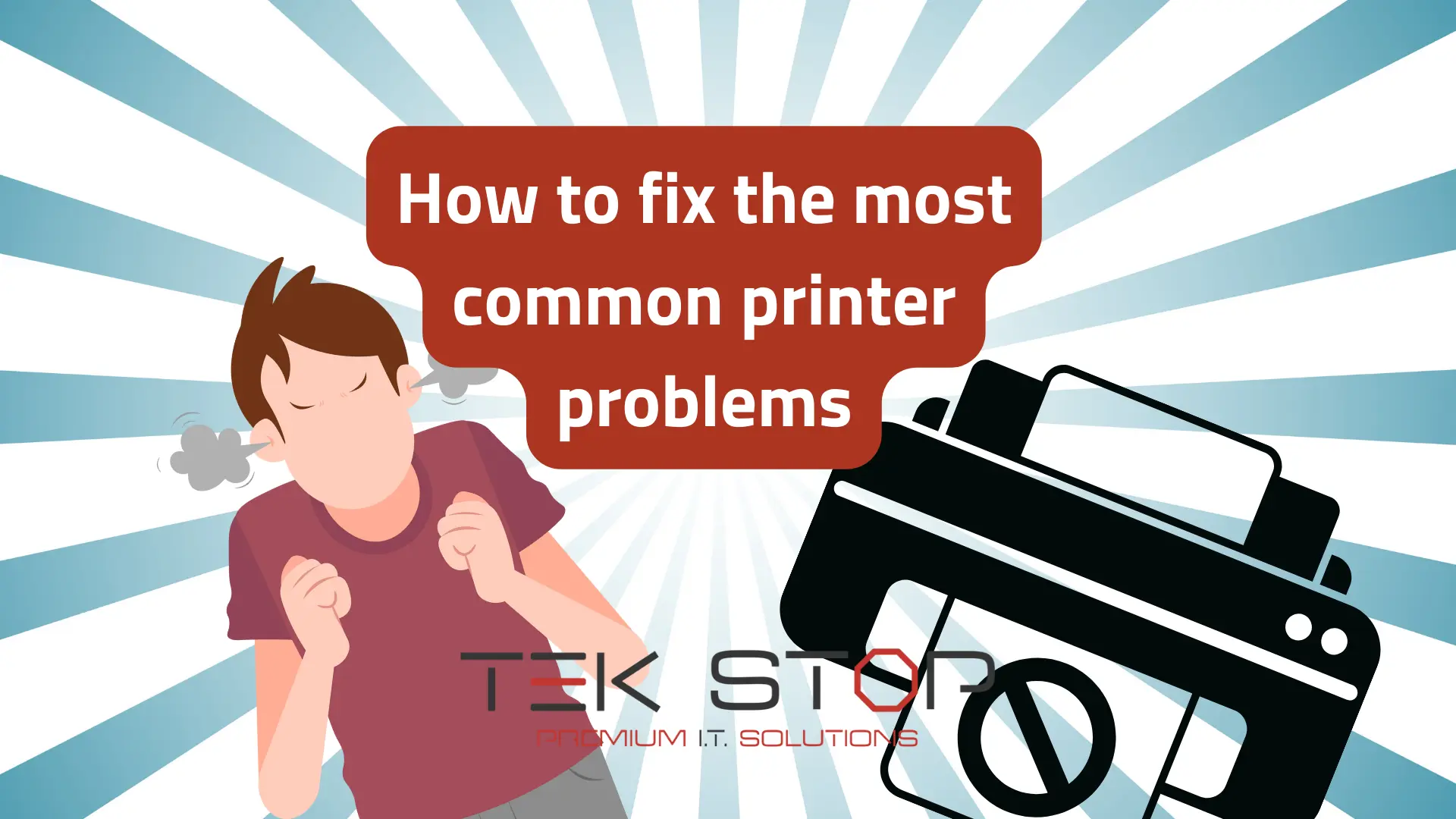When is the last time you performed a risk assessment on your business?
Introduction
A risk assessment is the process of identifying, analyzing and assessing potential risks that a given business may face in the future. It is a critical part of running any type of company, and there are two main reasons why.
Firstly, a risk assessment ensures that an organization complies with information security guidelines. Secondly, it safeguards the interests of staff members and third parties who may be impacted by business operations. In order to conduct risk assessments, businesses must analyze all facets of their operations with a view to determining what could go wrong in any particular scenario. The information gained from this analysis enables them to create a practical plan for dealing with potential risks before they actually occur.
What is a risk assessment?
Whether you’re a large corporation or an individual proprietor, your business is at risk. The last thing you want is for something to go wrong and cause significant harm to your organization. A risk assessment will help identify the potential risks in your industry, how likely they are to happen, and how severe the impact could be if they do occur. The controls in place (or not) will determine whether these risks become reality.
Why is it important to conduct an assessment?
If you want to be successful, you need to know what’s going on in your business and how it can help or hurt you. Conducting a risk assessment is the best way to do this. You’ll identify potential vulnerabilities in your business that could affect its productivity and profitability. You’ll also get tips on how to prevent these threats from harming the future of your company.
When conducting a risk assessment, consider the following issues:
- How secure is my data?
- Who has access to my information? Is it safe with them?
- Are there any gaps in my security systems? If so, where are they located? What kinds of measures can I take now or later if needed (e.g., hiring additional staff members)?
What are the main areas of risk?
Risk assessments are conducted in many different ways. The most common is a self-assessment, where you assess the risks in your own business. Another form of assessment is an external audit, which involves having an independent third party evaluate your processes and procedures for risk management. If you’re considering starting a new security system or adding additional services, it’s important to ensure that you have effective policies and procedures in place before doing so.
The first step to conducting any sort of risk assessment is identifying what areas are most vulnerable to loss or damage. This can be difficult if you haven’t done this type of thing before; however there are plenty of resources available online that can help guide you through the process!
Here’s a list of some common areas where businesses tend fall short: information security (data protection), business continuity (disaster recovery), vendor risk management (physical security), cybersecurity insurance coverage (cybersecurity).
What do you need in order to complete a risk assessment?
You need to consider the following:
- Assets. Assets are anything that is crucial to your business and its operations. They could be physical items or intangible assets such as intellectual property, customer data, or financial information.
- Threats. Threats are any factors that could negatively impact your business’s assets and cause problems for it if they went unchecked or unaddressed. For example, a fire in your building would be a threat to the computers inside it.
- Vulnerabilities and Controls. Vulnerabilities are weaknesses in security measures (or lack thereof) that make an asset more susceptible to being breached by a threat. Controls help mitigate these vulnerabilities by defending against them through prevention methods like backups or firewalls.
What happens after the risk assessment?
A risk assessment should provide you with a better understanding of the risks your business faces, and help you prioritize your efforts. It’s important to take action on the results of your risk assessment. Simply performing the assessment doesn’t help you!
- You’ll know where to focus your attention.
- Your decisions will be more informed by reliable information.
- You’ll have a clear picture of what needs fixing and where to start.
- You’ll be able to take appropriate action based on the results of your risk assessment – whether it’s mitigating against risks or taking advantage of opportunities presented by them!
The top of the list should be cybersecurity
We do not have to tell you that cybersecurity is a top priority. You know it’s important when the FBI, CIA and NSA all say so. But what about your business? Are you taking the steps necessary to protect yourself from cyber threats?
Cybersecurity risks are constantly evolving as cybercriminals develop new tactics and tools for gaining access to critical information assets. Cybersecurity protection must adapt as well in order for companies to stay ahead of these threats. This requires ongoing monitoring of internal security policies and procedures, updating software with patches when available, ensuring employees understand how they can contribute positively toward cybersecurity within the organization, implementing strong password policies and enhancing awareness of how malicious actors operate online so they can better protect themselves against phishing attacks or malware distribution campaigns designed specifically for their organization’s business model.
The bottom line is that cybersecurity is one of those things where “it takes a village” – everyone needs to work together collaboratively toward a common goal: keeping our clients safe from cyber criminals!
Conclusion
More and more companies are starting to realize the importance of risk assessments. By managing risks, organizations can provide their staff with safe working environments and customers with safe products.
The importance of cybersecurity on this list should be noted as well. It continues to grow in the digital world we live in today. Attackers are constantly looking for new ways to access your data so you must always be evaluating where those vulnerabilities lie within your business before an incident occurs!
Recent Posts
What is the best VPN and do you even need one?
You have probably seen the ads about using a VPN
Is Sparklight Down? How to tell if your internet connection is working.
Feeling disconnected? It's frustrating when your Sparklight internet goes down.
Common Printer Problems and How to Fix Them
You hit print, eager to get that concert ticket in





